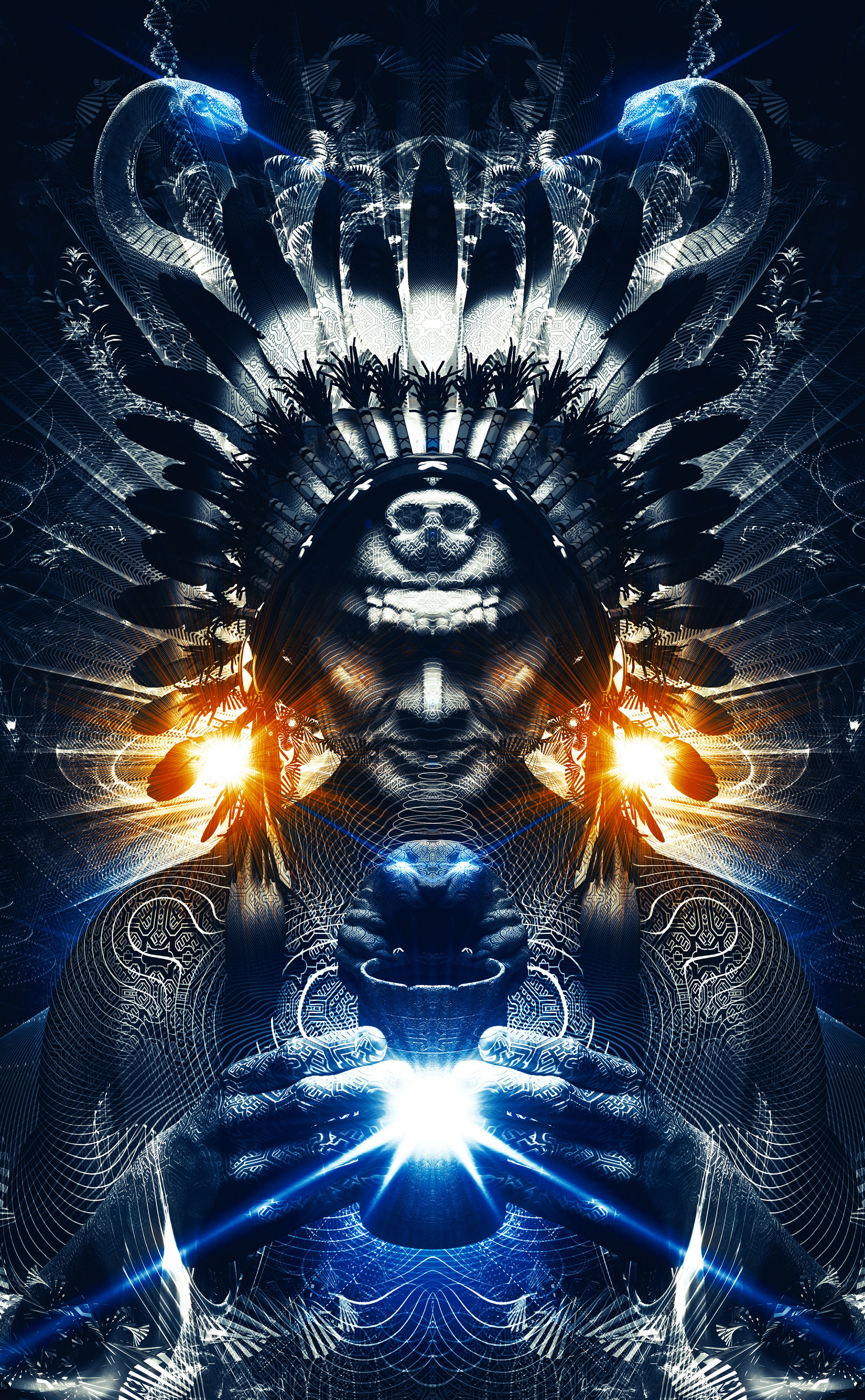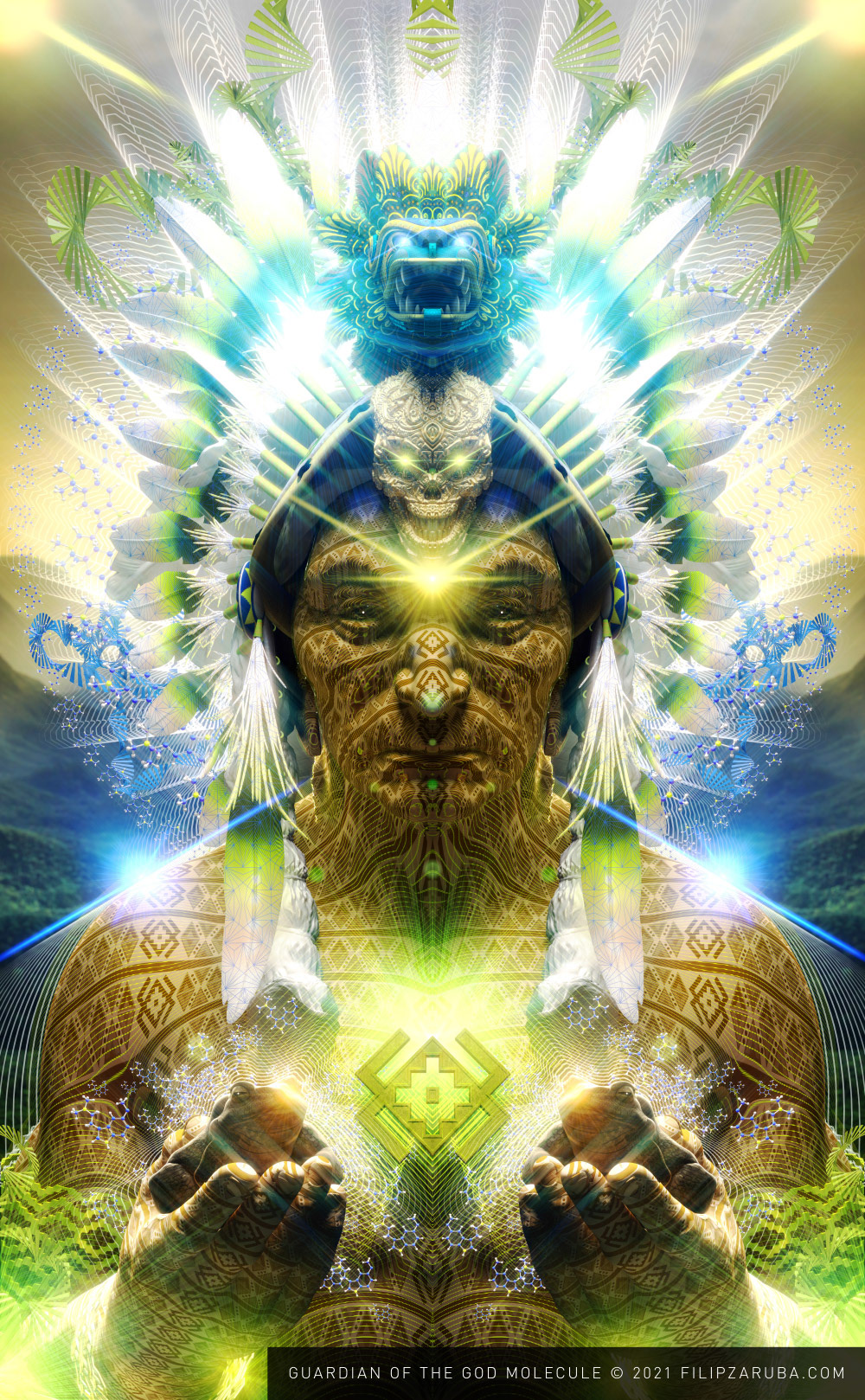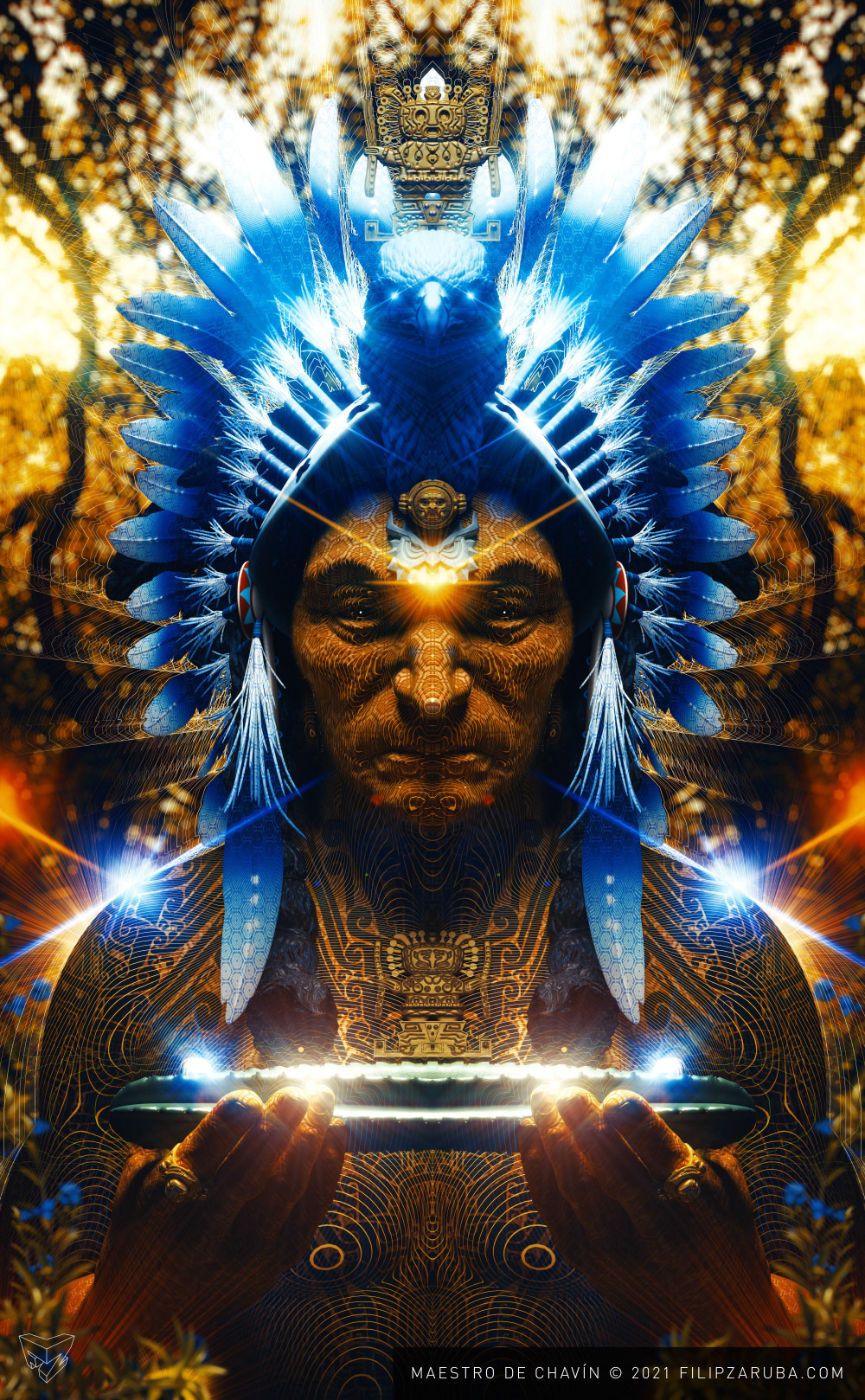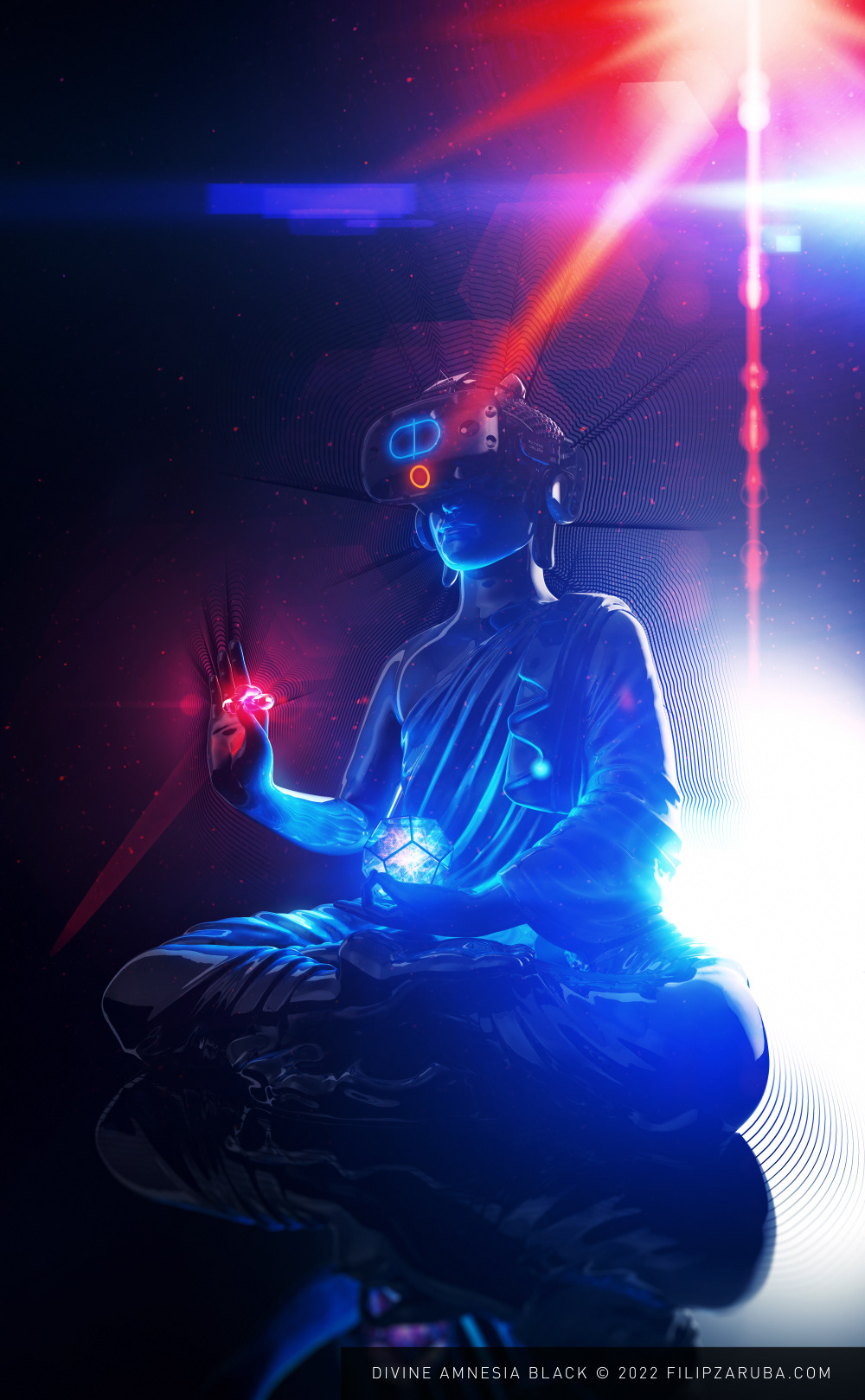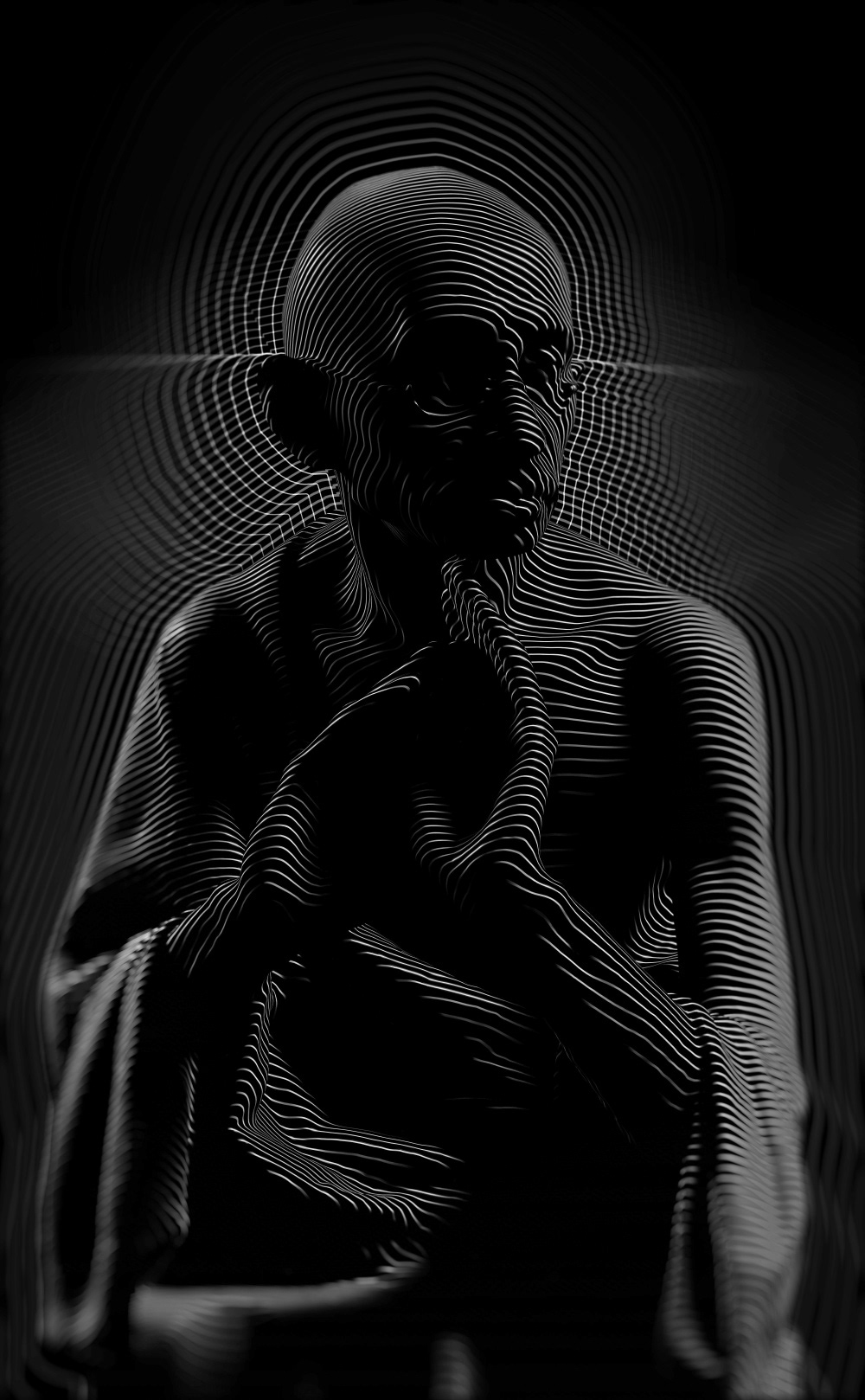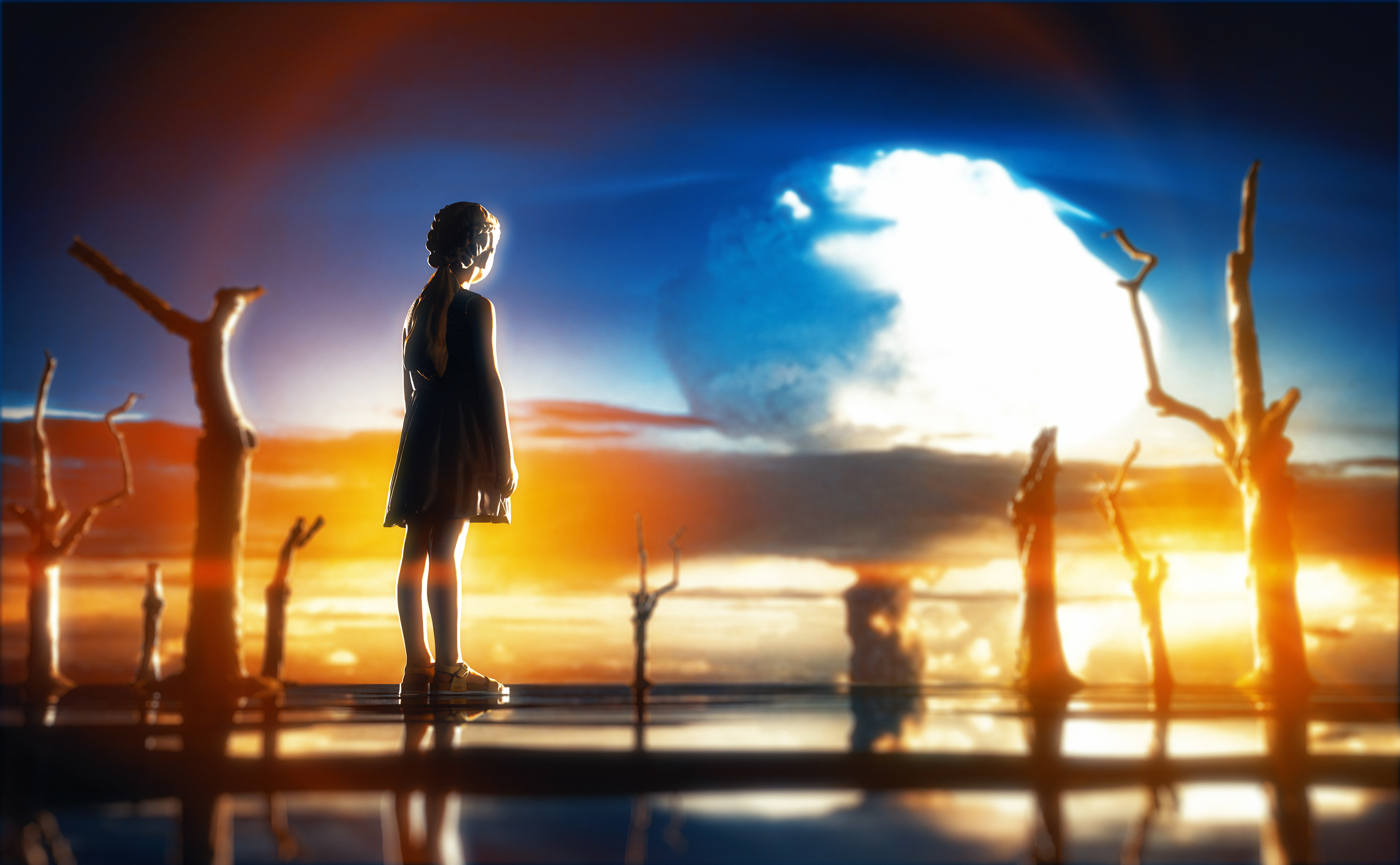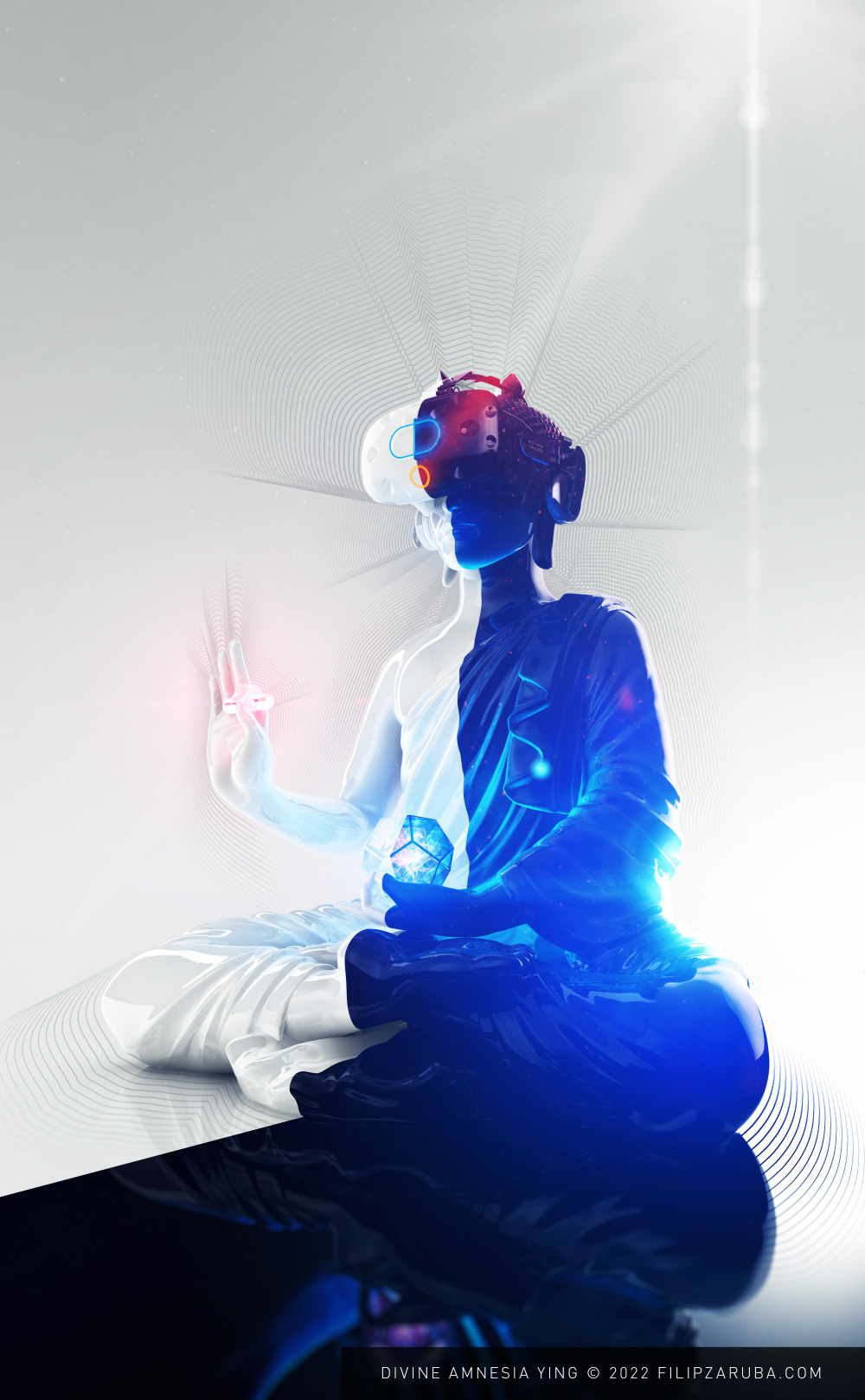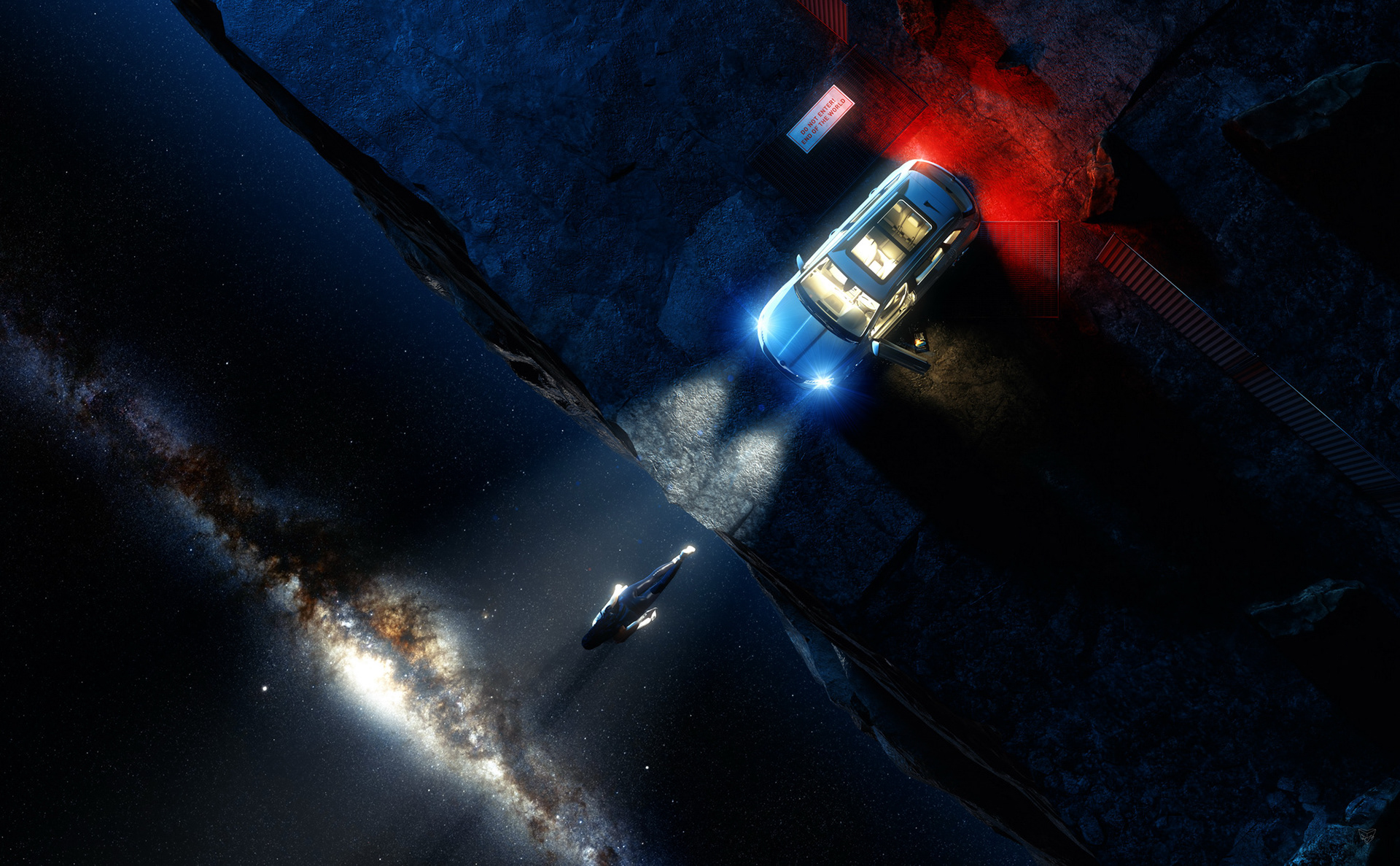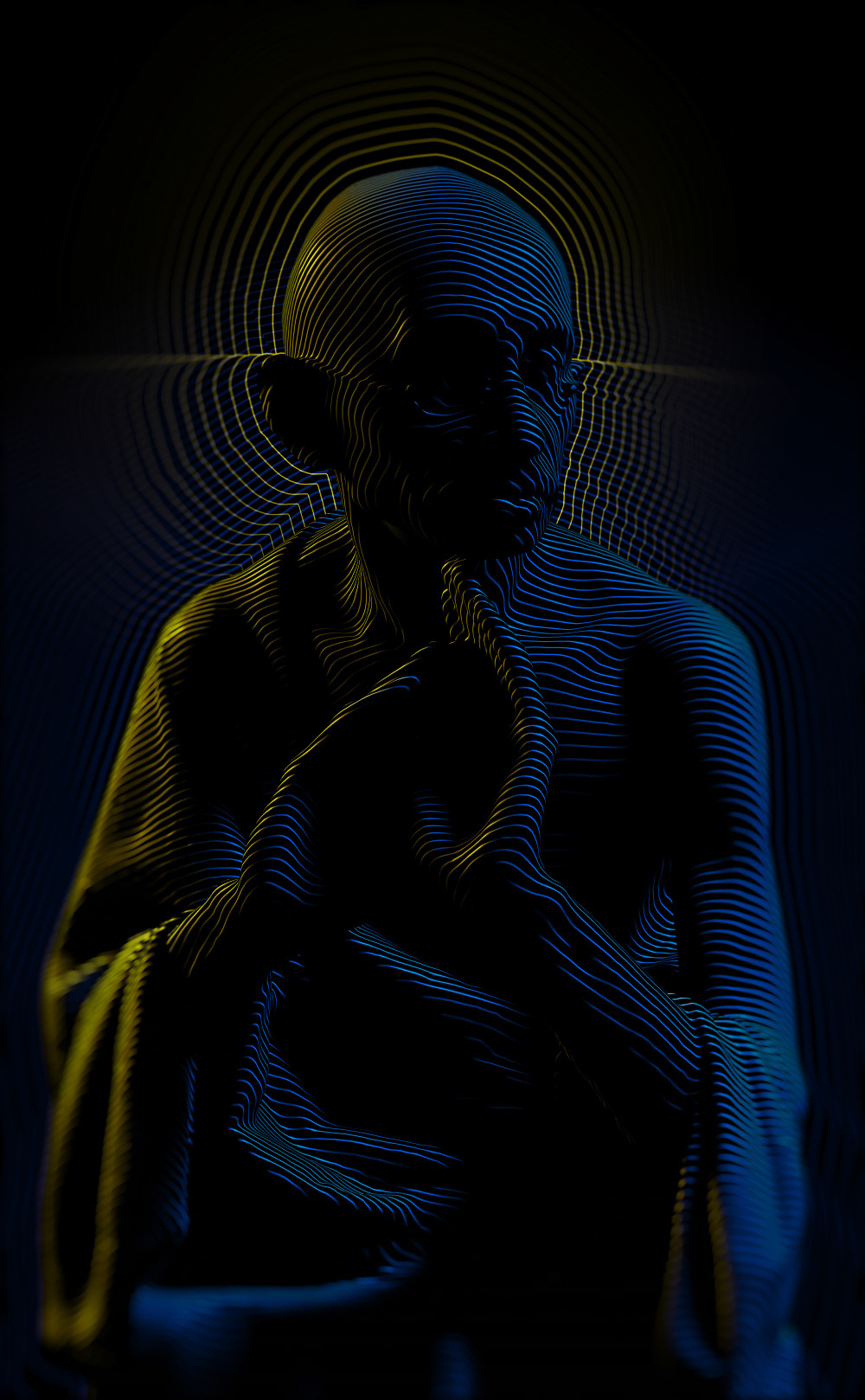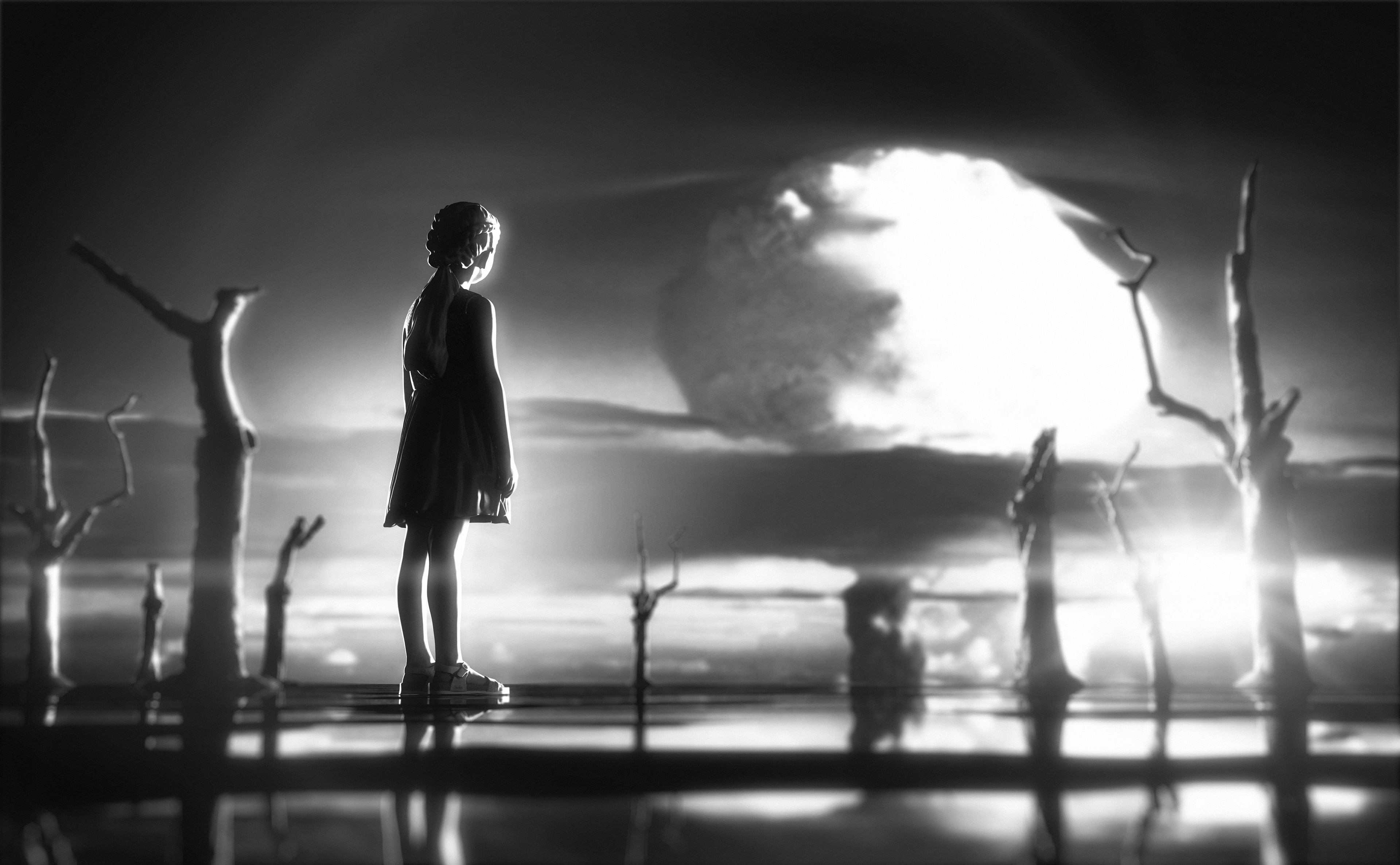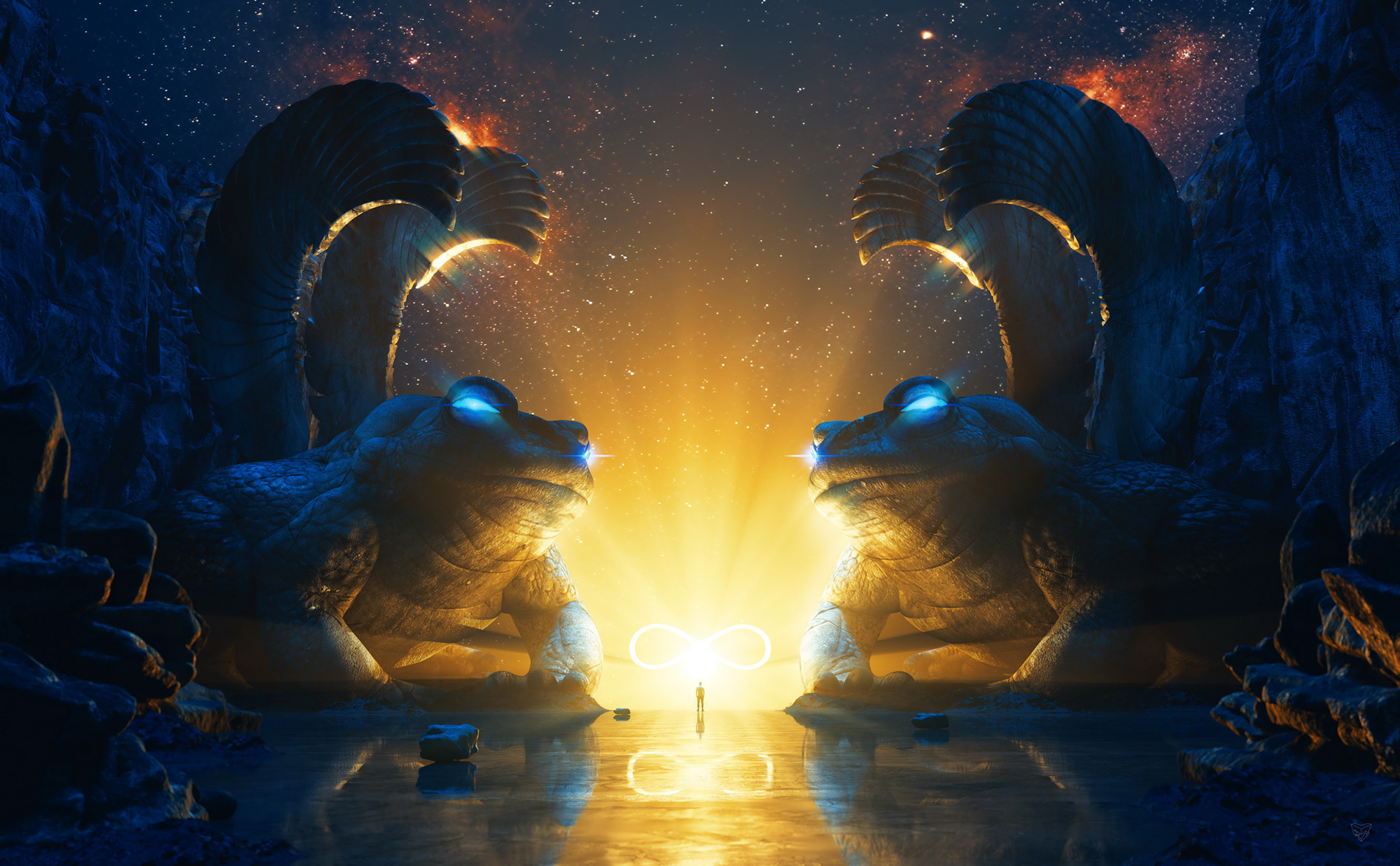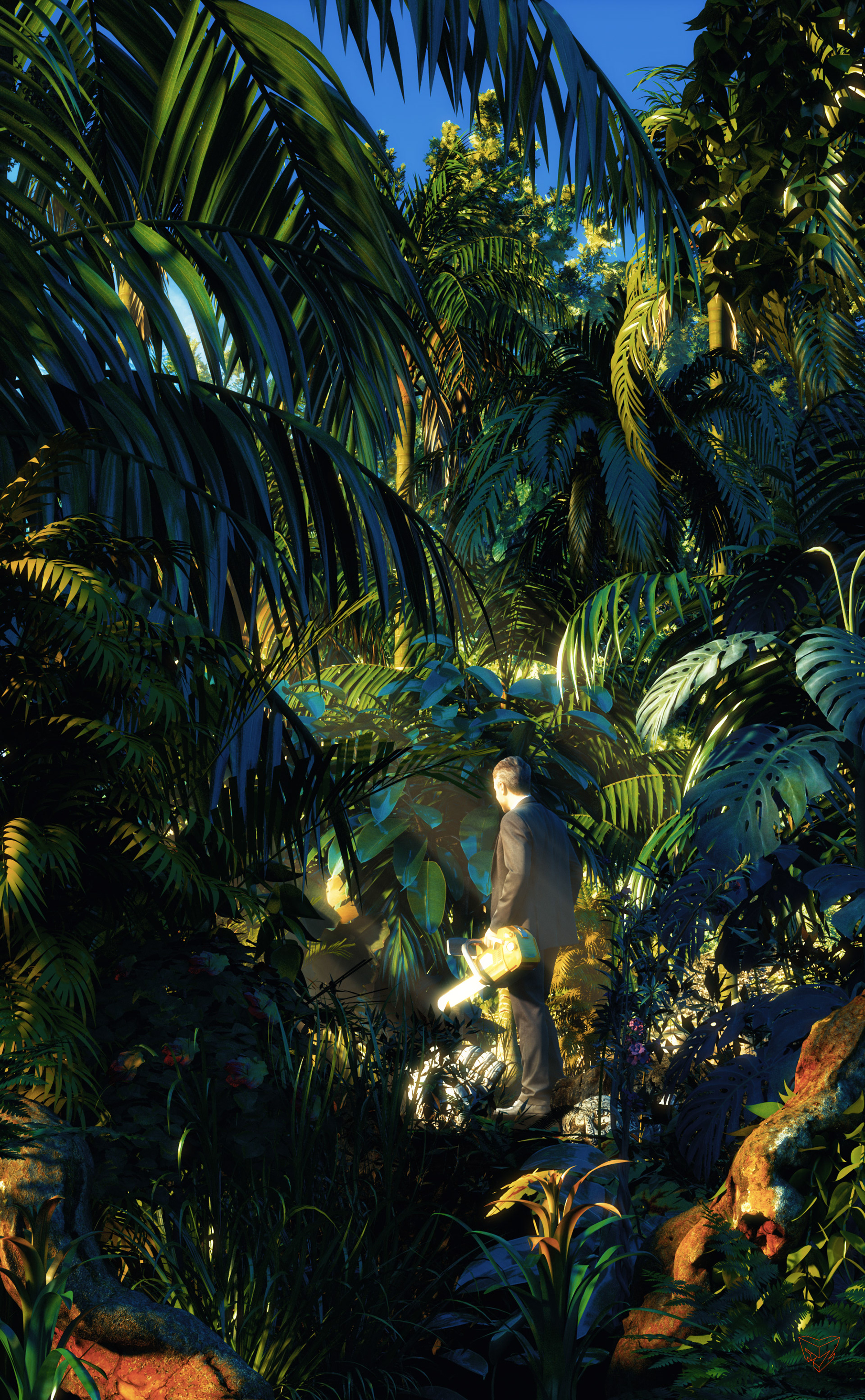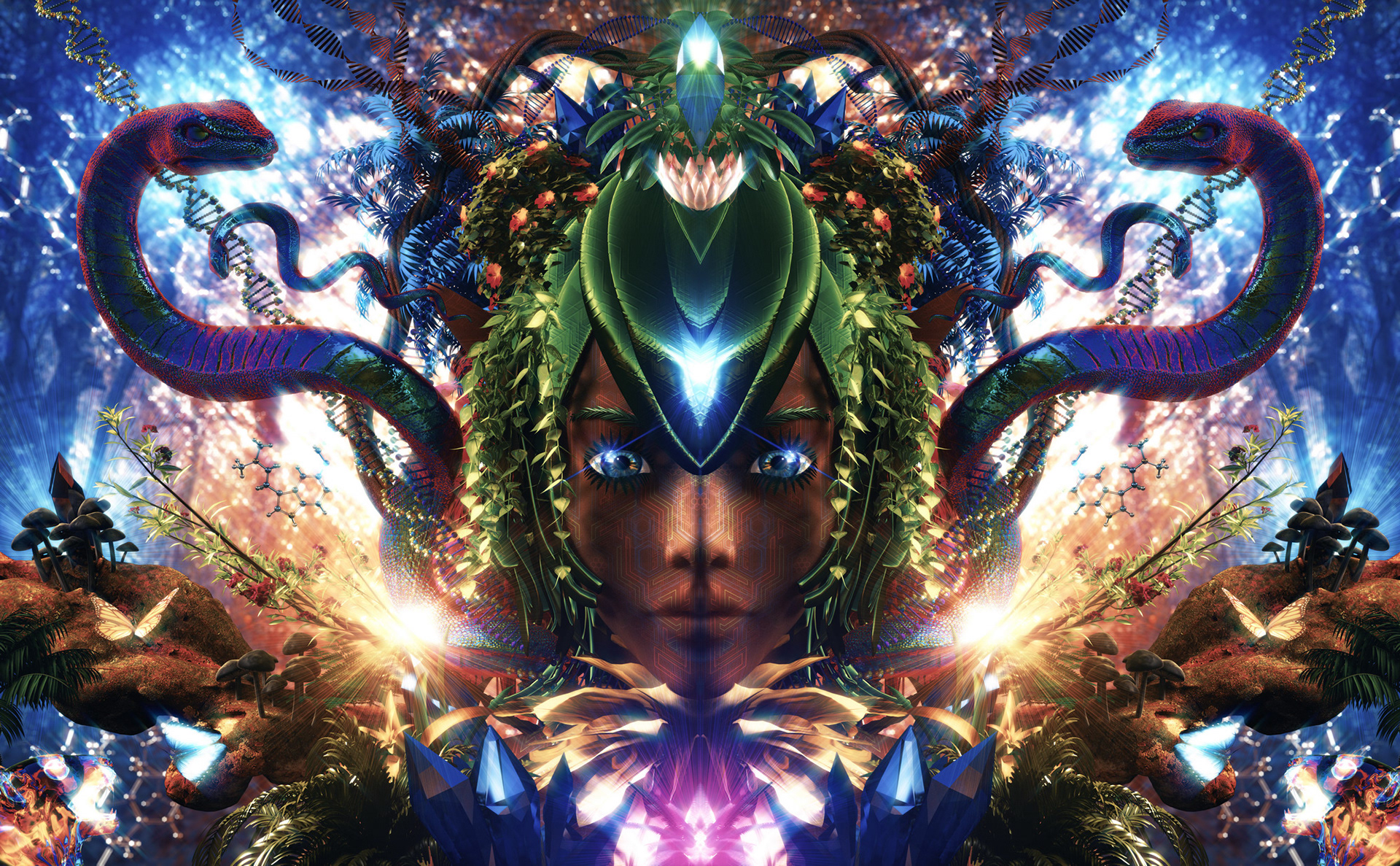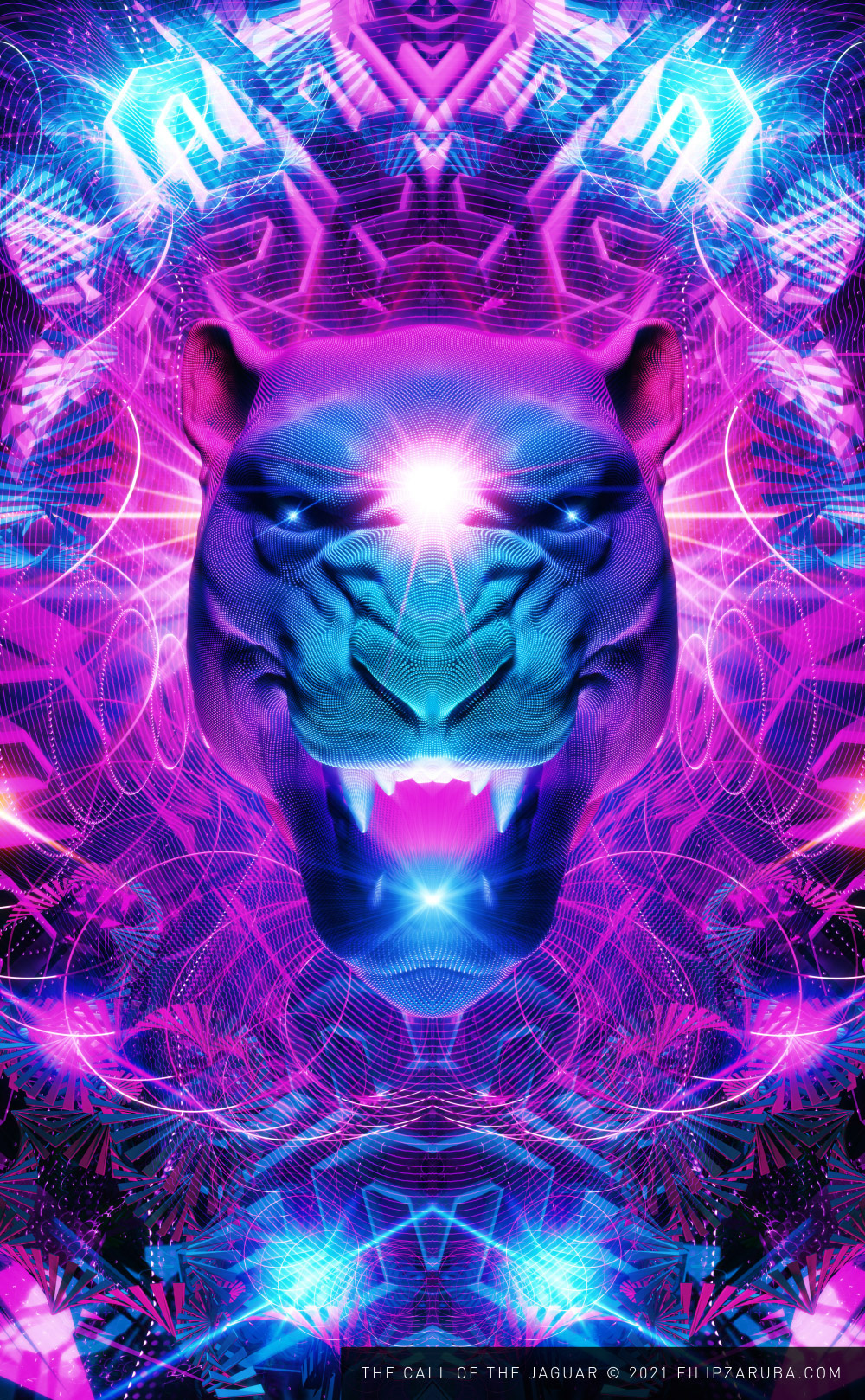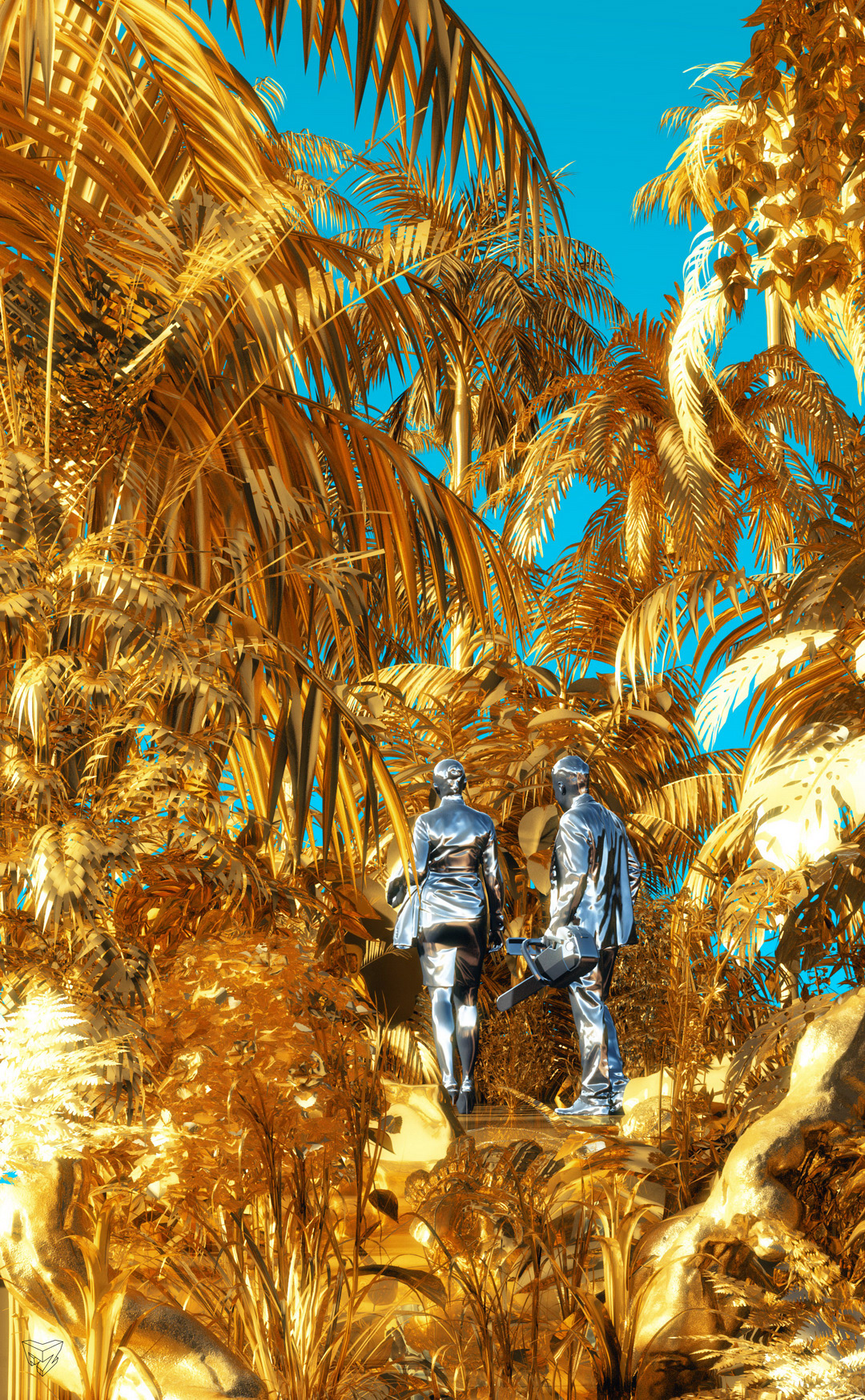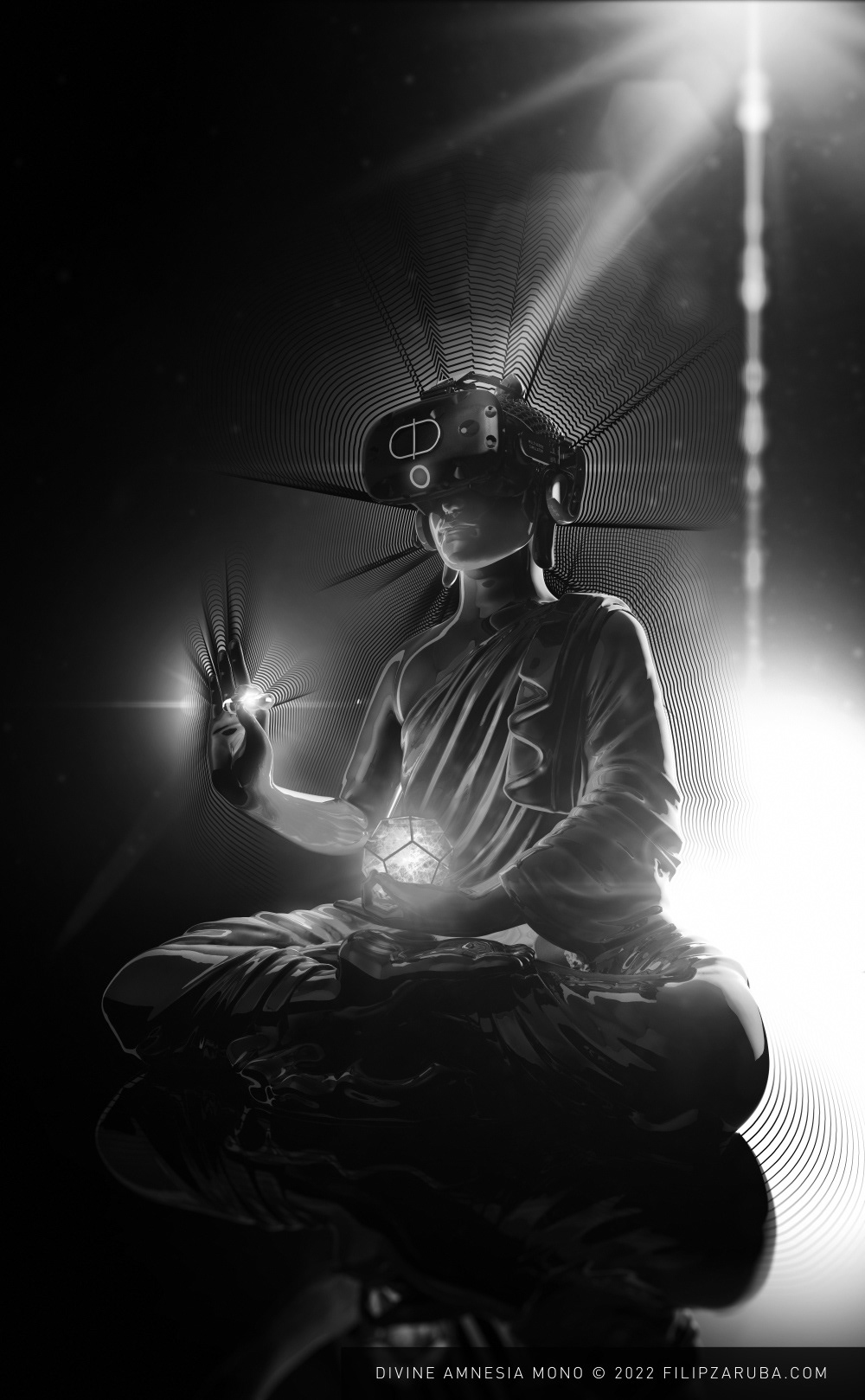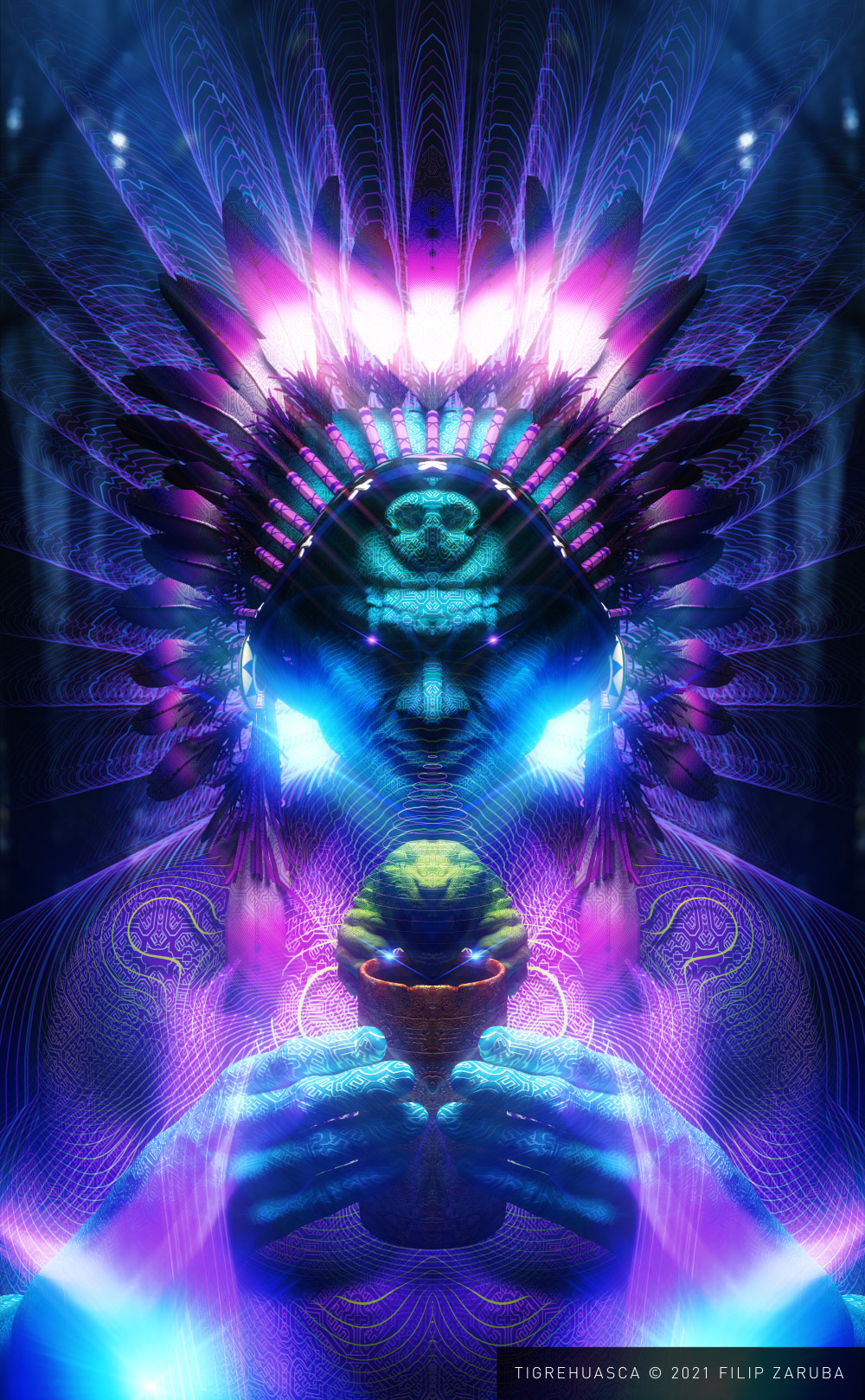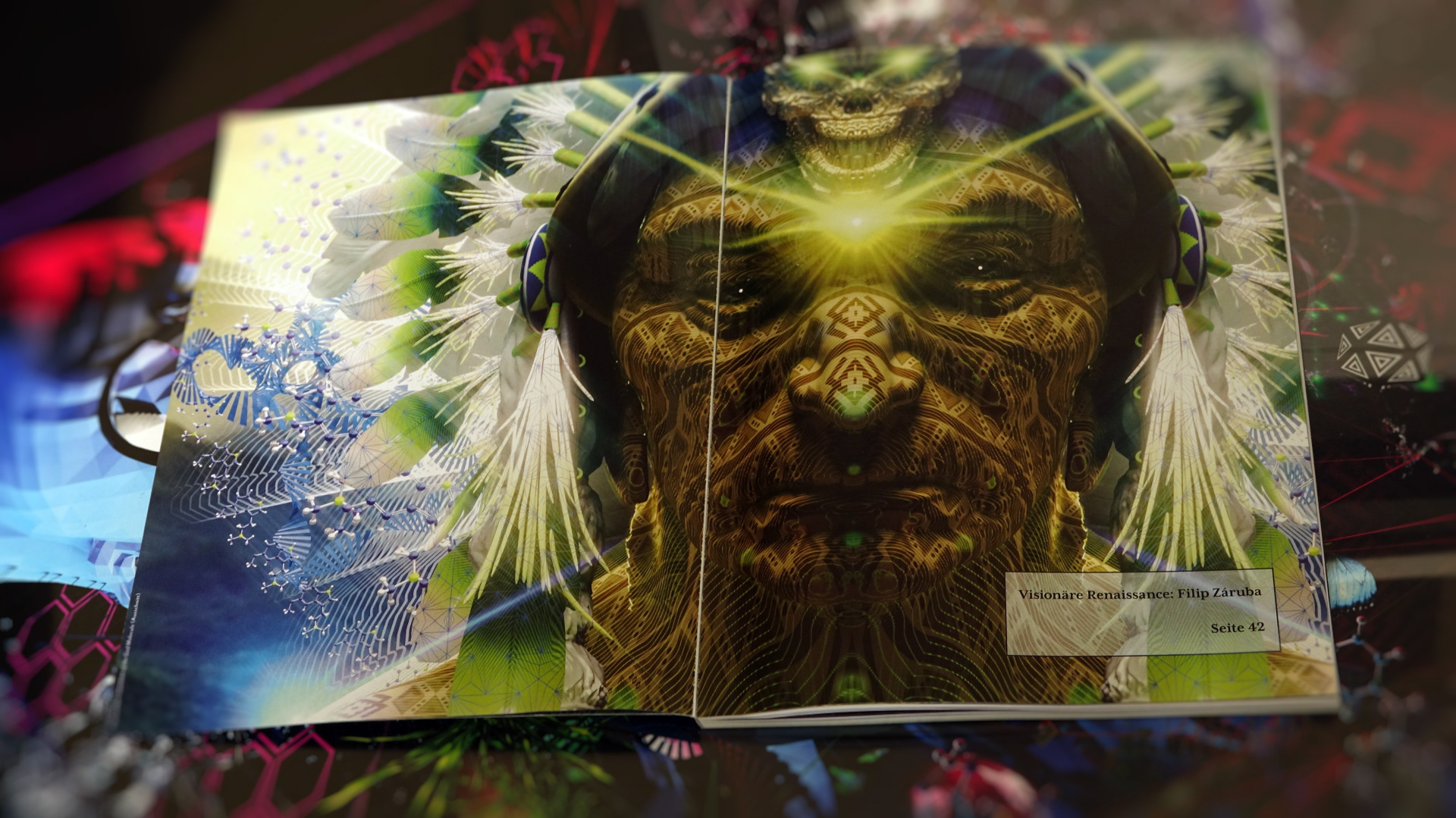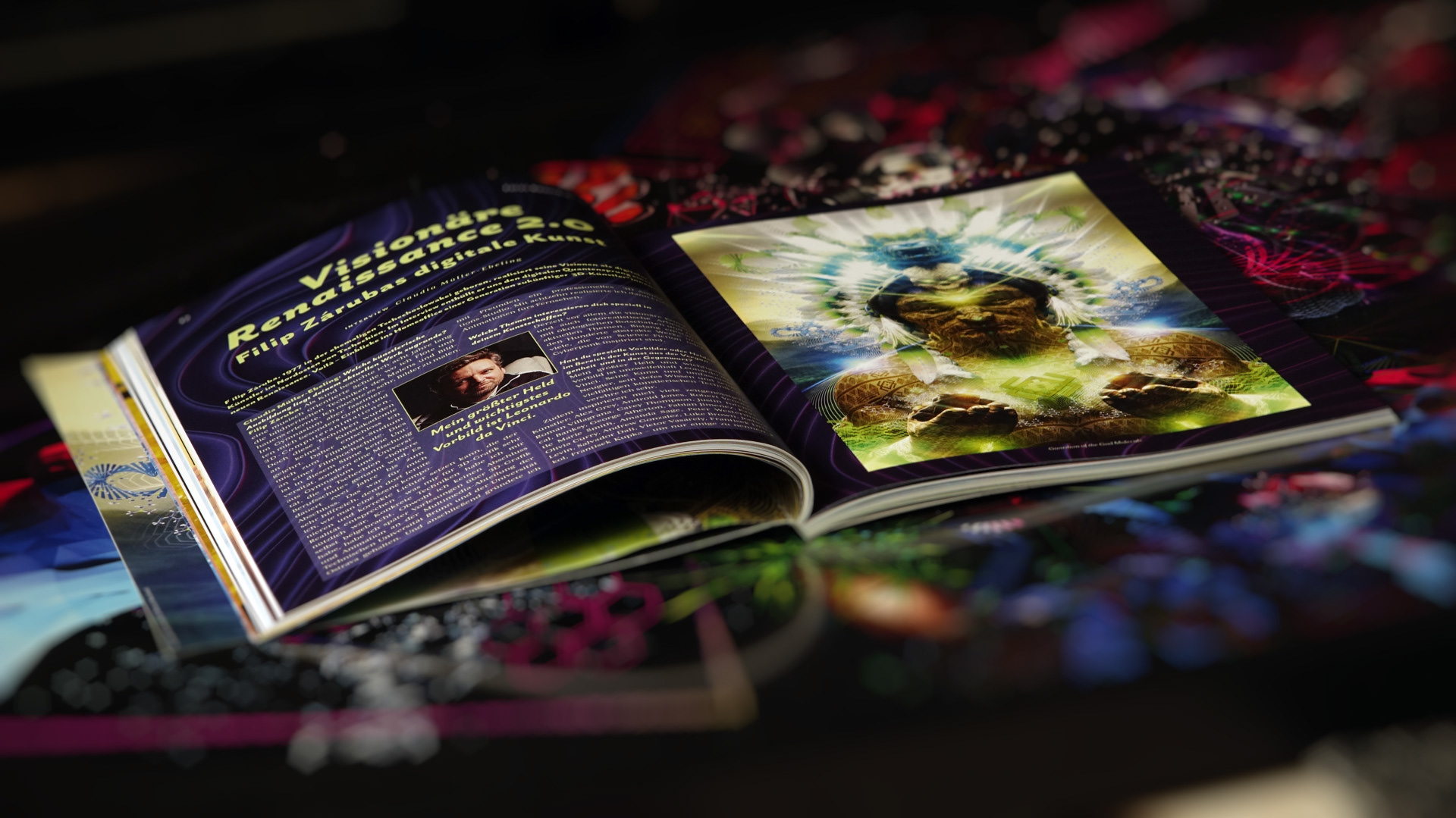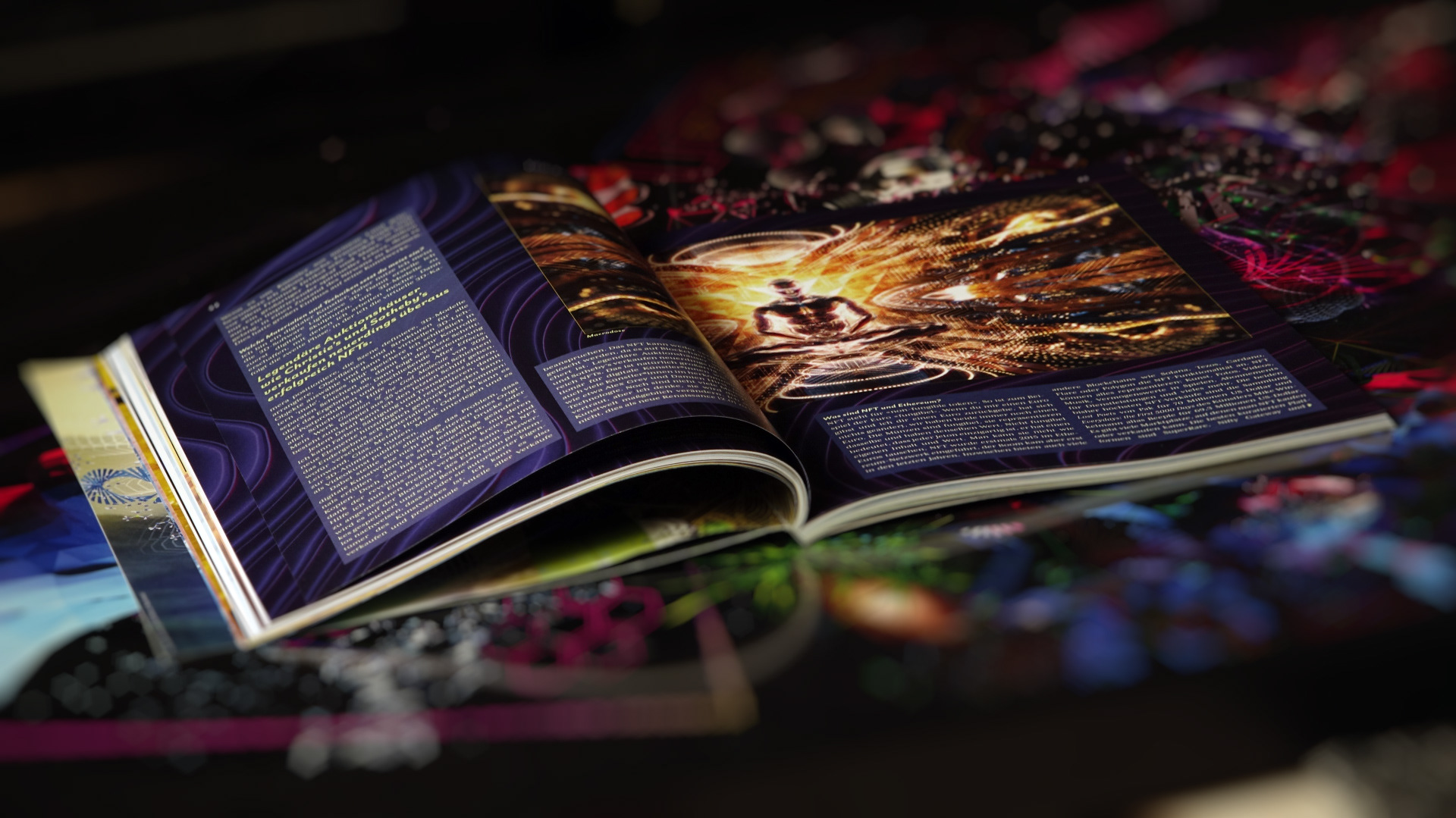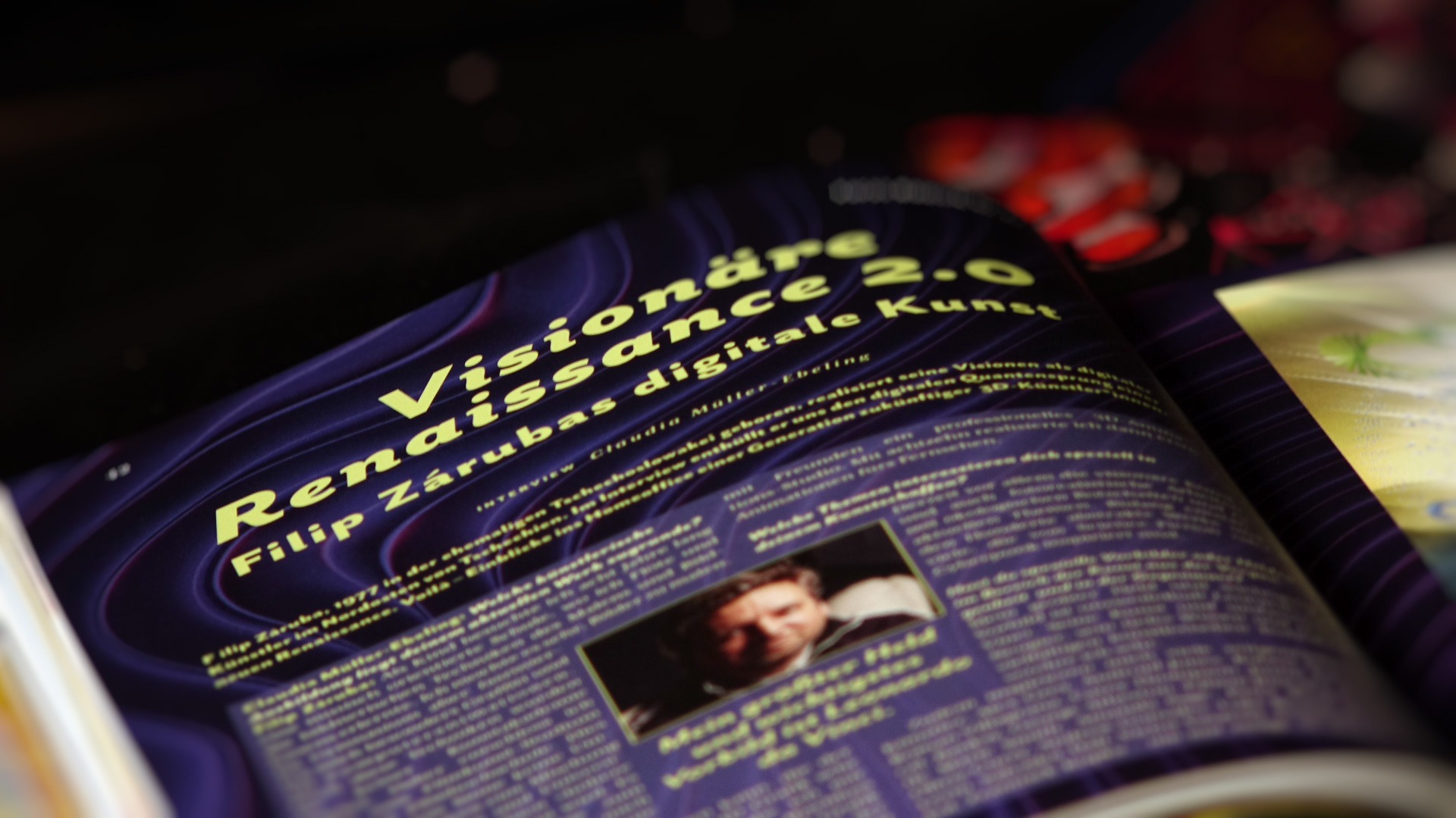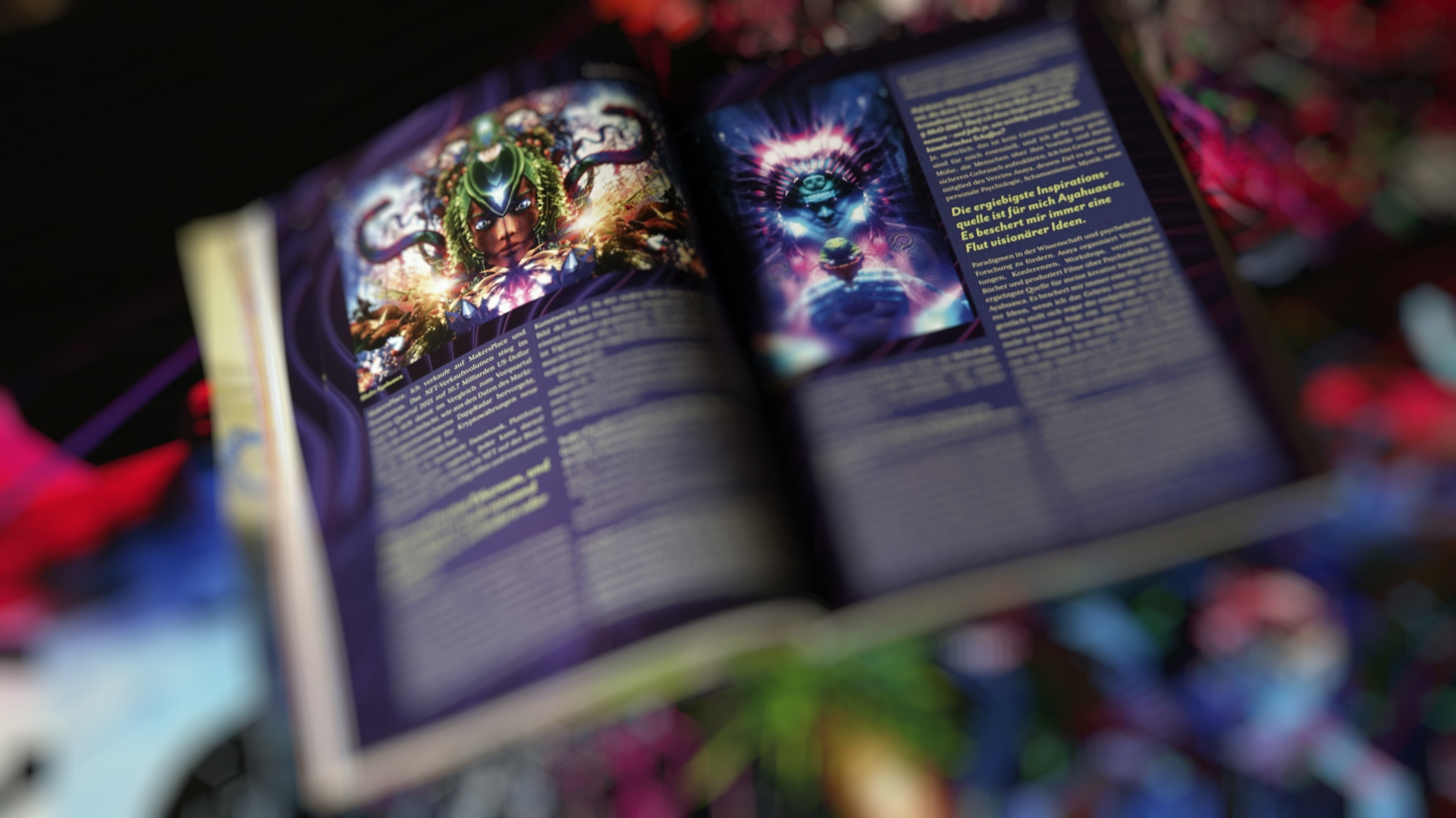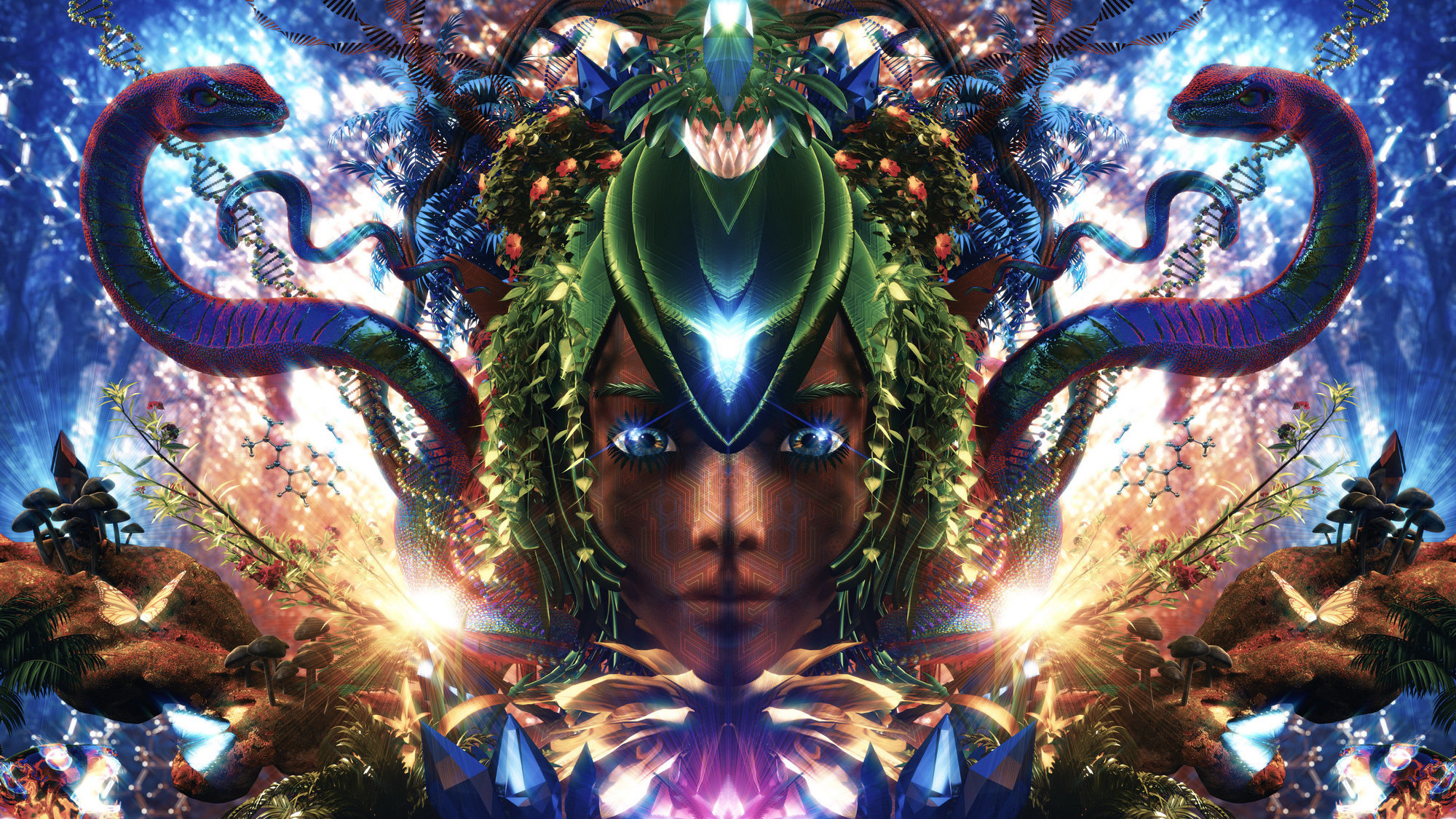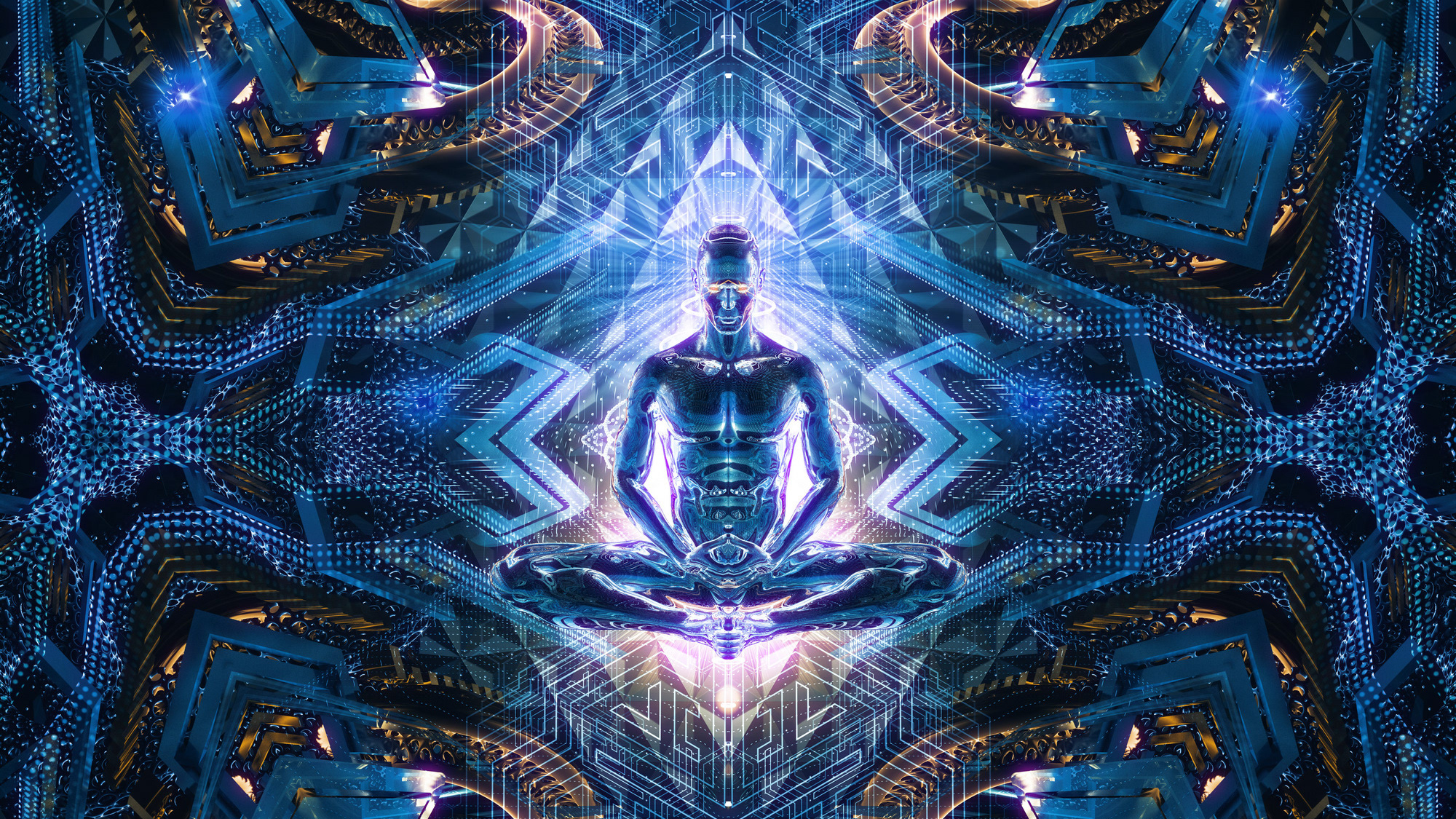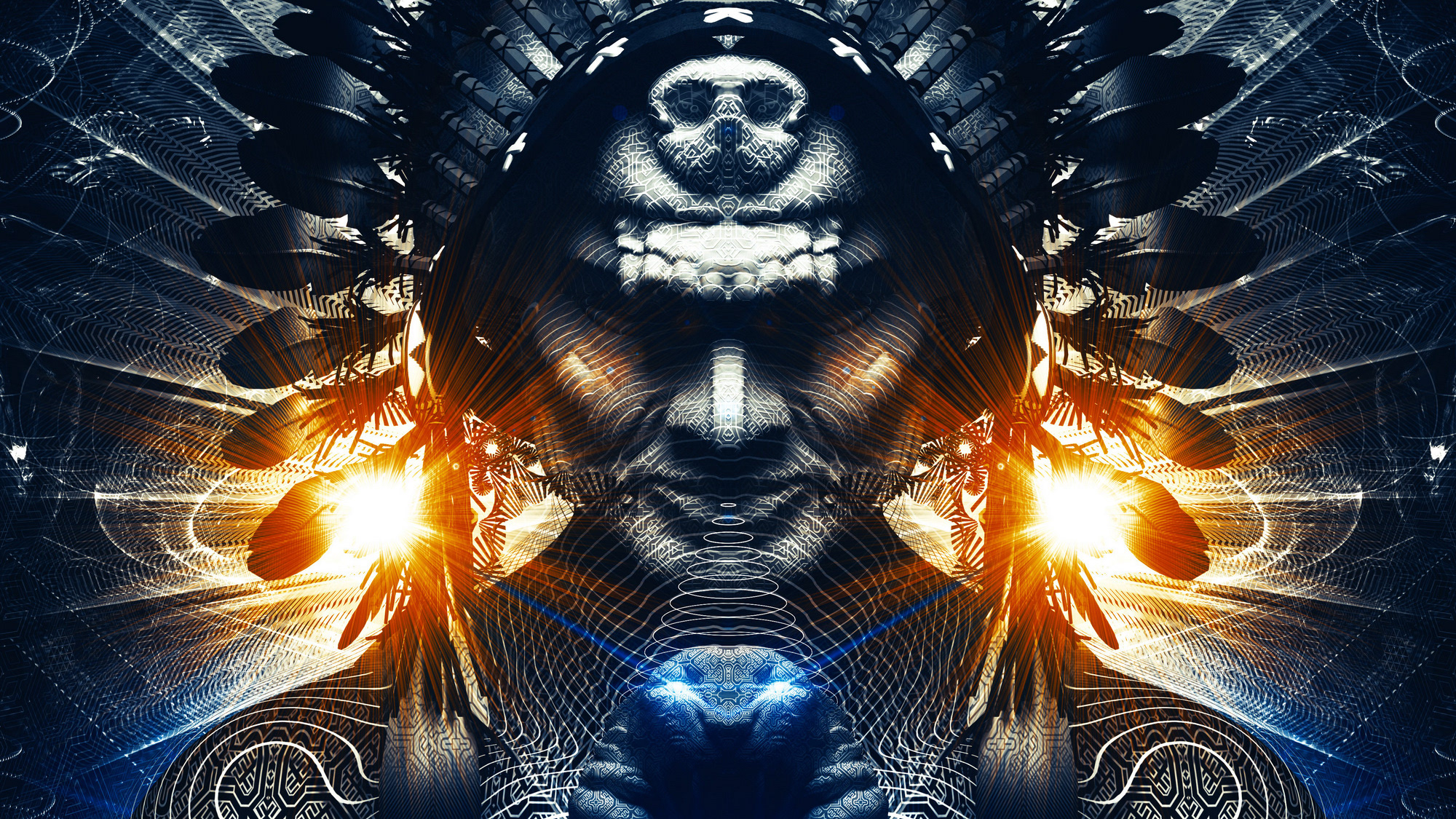Today is exactly one year since I created my first NFT. NFTs are an opportunity I've been waiting for. I have tried to sell my digital work in the past, but it has been difficult. In 2009 I started a company called 3Decor Design and sold my abstract artworks printed on canvas, glass, aluminum, furniture and especially as wallpaper. I included certificates of the origin of the artworks and sold them in a limited edition of 10. I sold hundreds of them, but their price was usually around $200-1.000 and when you subtracted the cost of production, taxes and marketing, it was impossible to create any more sophisticated works. Thanks to NFT, I'm able to create what I really love and spend a lot more time on it, because now I can sell an artwork for much more. Plus I can sell animations with original music. A dream come true.
Mainstream media mainly covers PFP projects like Bored Apes or Cryptopunks. But I think that the real revolution is happening in digital art. A lot of people don't realize that digital artists didn't have the ability to sell "originals" before. Now they do. And it's really easy to buy and sell them. Beeple made his everydays for 14 years for free, anyone could download them. And he was "happy" if he could sell a few prints for $100. Now he's able to sell them for tens of millions. Digital art is art too, and its creators deserve to be appreciated for their work, which is what NFT technology allows them to do. When it comes to 3D art, people tend to think that somehow the computer does it all by itself and that it has no value. In fact, in some ways it is much more demanding than classical painting. Creating in 3D piece requires a deep knowledge of optics, physics, cinematography craft, lighting, texturing, digital sculpting, composition and also a good mastery of the necessary very complex software that takes many, many years. Plus a very powerful workstation, a fancy graphics card and expensive software.
In the NFT environment, everything evolves incredibly fast and there is a lot of competition. The number of artists and markets are rapidly increasing and this forces the creators to get the best out of themselves. And that's ultimately a very good thing. Because now they can be paid well for it. I am convinced that when future generations look back on this time, they will see it as the greatest artistic revolution and explosion of creativity since the Renaissance. And we can be there now and build it together.
Another great feature of NFT is royalties. You set what percentage of each secondary sale goes to you and the smart contract will automatically send it to you in the future.
NFTs solved one big problem associated with digital art. The Problem was, that with digital art, no artwork could really be considered as the true original. Everything was just “prints” or “copies”. This all changed thanks to a revolutionary technology called NFT. Now I can create 1 of 1 digital original and sell it for a price it deserves. The NFT is stored on a blockchain of Ethereum network and the owner can easily prove that he/she is the only owner of the artwork. It can be easily sold and the great thing is that I receive a percentage from every secondary sale forever. The NFT cannot be changed or deleted because it is stored securely on the blockchain. Recently renowned auction houses like Christie´s and Sotheby´s started to sell NFTs very successfully. This is a huge revolution, especially for digital artists like me. But many traditional artists like eg. Alex Grey or Damien Hirst started to use NFT technology too. I believe it will change the future of the art world forever.
However most people still don't know what NFT is. NFT stands for “non-fungible token”. I guess I should explain what “fungible” means first. For example Dollar is “fungible”. If you give me 1 Dollar and I give you mine 1 Dollar, nothing has changed. We both still have one Dollar. The tokens are fungible, they represent the same thing and have the same value. Non-fungible means that every token is original and unique, it has a different content and different value. You cannot swap them like Dollars. It was first introduced on Ethereum network in 2015, but the boom of it´s usage came in recent years and especially in late 2020 and 2021. The whole point of Ethereum is that it is decentralized. Nobody owns it and so nobody can control it, change or stop it. This is achieved by using cryptographic proofs. Ethereum is decentralized database, platform and world computer at the same time. Everybody can access it, everybody can store data such as NFT on the blockchain. It is completely open and transparent. It is permanently written and stored on thousands of computers at the same time. So if I create an NFT and sign it with my own cryptographic private key, everyone can see that it is me, who created the artwork. Later on I can sell this NFT to a collector and the collector can prove that he/she is the one and only owner of the artwork. Now many other blockchains like Solana, Tezos, Cardano, Flare or Polygon offer NFT functionality too.
In the real world anybody can have a picture of Mona Lisa /printed or stored on a computer/ but only Louvre owns the original. The same mechanism is now possible in the digital world thanks to the NFT technology. People who don't understand or hate NFTs often say they can download JPEGs for free and brag about it on social media. Yes they can download it for free, but they can't sell it because they don't own the NFT that is associated with it. The NFT can represent anything: art, photos, videos, music, in-game assets, land in virtual worlds, subscription for services, DAO membership and many more. The three highest NFT art sales so far are “Merge” US$91 million and “Lost Poets” collection by Pak for US$70 million and “Everydays: the First 5000 Days” by artist Mike Winkelmann aka. Beeple for US$69.3 million. There are many marketplaces where you can buy or sell NFTs. The best curated platforms are SuperRare, Nifty Gateway and Makersplace. I am selling on MakersPlace, Opensea and Foundation. NFT sales volume surged to $10.7 billion in the third quarter of 2021, up more than eightfold from the previous quarter, according to data from market tracker DappRadar, as the frenzy for crypto assets reached new highs.
No one knows how the NFTs will turn out in the future. Currently, only a few hundred thousand crypto wallets are trading with NFTs and some users are using more than one at a time, so the actual number is even lower. What will happen when there are millions, tens of millions or even hundreds of millions of users? Some say it's a bubble that will burst, others say it's a revolution that will be part of mainstream culture and business sooner or later. The most of NFTs will have no value in the future, others may be worth millions. Only time will tell. But one thing is certain, NFT has solved a long intractable problem: digital ownership. And that will be very important and necessary in the coming age of the Metaverse. It still has its problems, it's not perfect, gas fees are crazy, but every technology needs time to reach perfection and the people and developers behind the technology are brilliant, so I'm not worried. The only ones who can ruin the whole thing are our governments and banks, who still don't understand what's going on and are fighting for their monopoly on money creation. But web3 is not just about money. It's about our freedom, independence, decentralisation, demonopolisation and ownership of digital assets.
Being in the NFT space can be frustrating or exciting, it is full of opportunity, stories of success but also full of deception, scam and danger, and due to the decentralized nature of the blockchain, no one can help you when you make a mistake or get scammed. Many people got rich, many lost everything. In short, we are still at the very beginning and so it sometimes reminds us of the times in the wild west.
Anyway, I am very grateful for this opportunity and it has motivated me and many other artists to create some of the best work of our career. I sold 57 NFTs during that year, with the most expensive one selling for US$4,146. If you had told me that 18 months ago, I probably wouldn't have believed you. So I would like to thank all my collectors and supporters very much. I am very grateful for your support and trust in me. I am attaching a gallery of selected static works I have created over the year.
We are still so early, so GM to everyone! WAGMI!
Links to my NFTs:
ART FOR UKRAINE is a beneficial auction by a collective of artists run by Filip Zaruba and Ryska. All profit for Ukraine. 100% of the proceeds from auctions will be sent to the official and confirmed ethereum address of Ukraine: 0x165CD37b4C644C2921454429E7F9358d18A45e14. Royalties from a secondary sales will be used for same purpose. Artworks can be added over time and will be minted from a dedicated wallet art4ukraine.eth.
opensea.io/collection/art4ukraine
opensea.io/collection/art4ukraine
Interviews about my NFTS:
